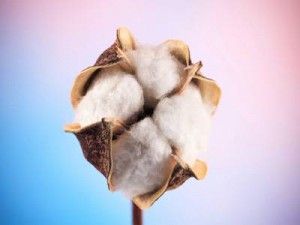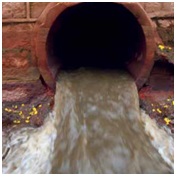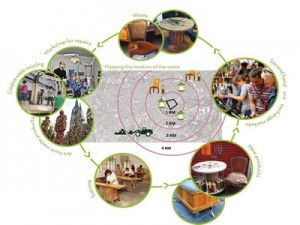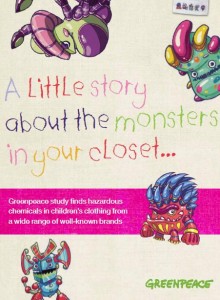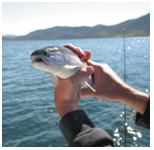StepChange Innovations blog covers ecology issues
Organic cotton and genetically modified cotton (GM cotton) are opposite concepts to make cotton more sustainable. In that sense it is the target to reduce water and energy consumption of cotton agriculture and processing, and to reduce the amount of potentially hazardous chemicals, such as pesticides, released into the environment.
A lot of totally contracting data can be found to support either one of the concepts, depending how things were examined and by whom studies were funded. This article tries to bring to light some of the issues related to cotton, GM and organic.
Denim wet processing using chemicals is one of the pollution causing processes in thetextile mills. Textile garment manufactures use numerousbers of acutely toxic chemicals of which many are classified as hazardous. Several denim brands have committed to eliminate the release of all hazardous chemicals throughout its entire supply chain and products. In response to the Greenpeace Detox campaign, a group of major apparel and footwear brands and retailers made a shared commitment to help lead the industry towards zero discharge of hazardous chemicals (ZDHC) by 2020.This report gives an overview of the use of enzymes compared to traditional applications in the garment process of denim fabrics.
Just weeks before the start of the football World Cup 2014, a newly released Greenpeace report, building up on earlier activities under the detox campaign, found a variety of potentially hazardous chemicals (PFOA, NPEO, and more) in sportswear products of adidas, Nike and Puma. Toxic chemicals were found in almost all football boots, gloves and shirts which were examined.
Sustainable development integrates social, economic and environmental development. It is defined by the Brundtland Commission as “economic and social development that meets the needs of the current generation without undermining the ability of future generations to meet their own needs.” It does not stand in the way of future generations meeting their needs. Industrial Ecology, being a relatively new field, offers methods to assist corporations and organizations to carry out sustainable operations. The interactions between industries and their environment forms industrial ecology which does contribute to sustainable development. It tries to reduce the human impact on nature and aims at sustainable development.
With the increasingly important requirement for textile manufacturers to reduce pollution in textile production, the use of enzymes in the chemical processing of fibers and textiles is rapidly gaining wider recognition. Enzymes are non-toxic and eco-friendly. They can be safely used in a wide selection of textile processes such as de-sizing, scouring, bleaching, dyeing and finishing, where the traditional alternatives are very harsh chemicals whose disposal into the environment causes many problems. The article gives an introduction to enzyme technology.
Greenpeace revealed a new investigation on hazardous chemicals found in childrenswear to increase the pressure on leading fashion brands, a campaign that started in 2011 as “Detox campaign”.
The second part of this article series gives information about alternative products, global regulations and environmental advantages, after the ban of APEO in Europe. Moreover, the results of the Greenpeace research about nonylphenol ethoxylate residues in textiles are discussed opposite the joined efforts of the ZDHC project.
The environmental activist group Greenpeace runs the Detox campaign requesting from international fashion brands to eliminate alkylphenol ethoxylates (APEOs) from their supply chain. In response to the Detox campaign, a group of international retailers has established a roadmap for “zero discharge of hazardous chemicals” (ZDHC) which has the aim of eliminating 11 substance groups between 2013 and 2020. At the present time, strong focus in the ZDHC programme is put on APEOs (alkylphenols and their ethoxylates), in particular on NPEOs (Nonophenol ethoxylates). This report will show the use, the risks and alternatives of APEOs.
Greenpeace launched the Detox Catwalk, an interactive online platform assessing the progress made by major clothing companies towards a toxic-free future. ZDHC founders adidas, Nike and LiNing only rated as greenwashers.
Climate change due to global warming continues to be a major threat for the world, according to the recently released IPCC report, the leading source for the assessment of climate change. Despite declining rate of temperature increase, the world´s leading climate scientists re-enforce warnings on global warming.

